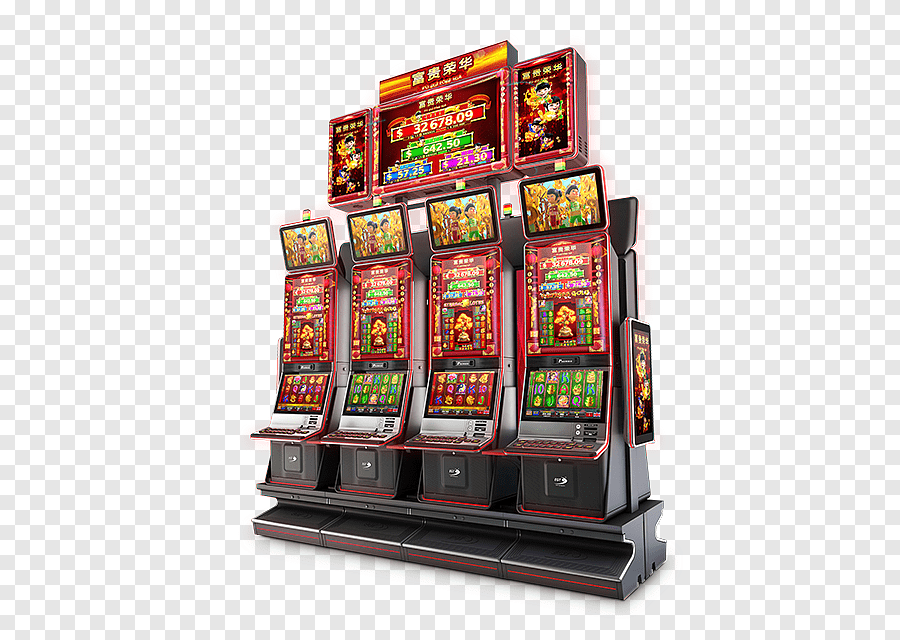If you’ve ever played a slot machine, you’re probably aware that random number generation (RNG) is at the heart of function. Of course, this degree of comprehension masks the ocean of complexity behind it. Examining the payout percentages given by slot machines in brick-and-mortar casinos and on the Internet becomes prevalent. So, here’s a description of how payout percentages get calculated, so you can make informed selections about which slots to play. The slot online terpercaya di indonesia has a broad selection of games, and countless slot titles.
Changing the odds
For millennia, brilliant people have devised games of chance to ensure the house always wins, even if some players walk away with a lot of riches. The availability of the 0 and 00 sectors in roulette, for example, provides casinos with a profit margin, which is essential in any business. Game designers may construct slots with limited odds and stable payout percentages by adjusting the number of reels, symbols, and paylines. There are additional games available.
Theoretical percentage
a) The theoretical payback percentage, also known as the return to players (RTP), is the percentage of coins wagered that the slot machine gets predicted to pay out throughout the game cycle. It translates to how much money the game has awarded when it completes several spins that presumably cover all the available combinations.
b) The theoretical hold percent is the percentage of coins wagered held by the slot machine and deemed profitable for the operators. When we present these definitions, we must emphasise that “money awarded by the game” does not relate to money gathered by one player.
Using R to calculate the house edge of a slot machine
Modern slot machines (fruit machines, pokies, or whatever you name such electronic gambling gadgets in your country) are meant to be addictive. The slot online terpercaya di indonesia has the same law in online games, and it’s best for the beginners.
They’re also frequently intricate, with slay elements that influence a spin’s payout: numerous symbols with varying pay scales, wildcards, scatter symbols, free spins, jackpots, and so on. Many machines also let you play combinations (20 lines, 80 lines, or even more with only one reel). All these complications are intended to make it difficult for you, the player, to assess the feasibility of victory. But rest assured: you will lose in the long term.
The Variance Concept
The mathematics behind slot machine games contains volatility. The degree of risk involved in playing that game refers to variance. A high-variance slot game provides a higher payoff. A game with low volatility, on the other hand, usually pays out modest amounts. High-volatility games are suitable for players that enjoy taking chances. Low-variance slot games are for players with a low-risk tolerance. The variance of a game can get changed by varying the payout percentages of the game’s symbols or changing the payment frequency.
Conclusion
They do, however, delve into the player’s mathematics, which may make them addict and potentially hazardous. Players may make teaching judgments about their gambling habits and minimise risks by studying the science underlying slots, including mechanics and psychology.





